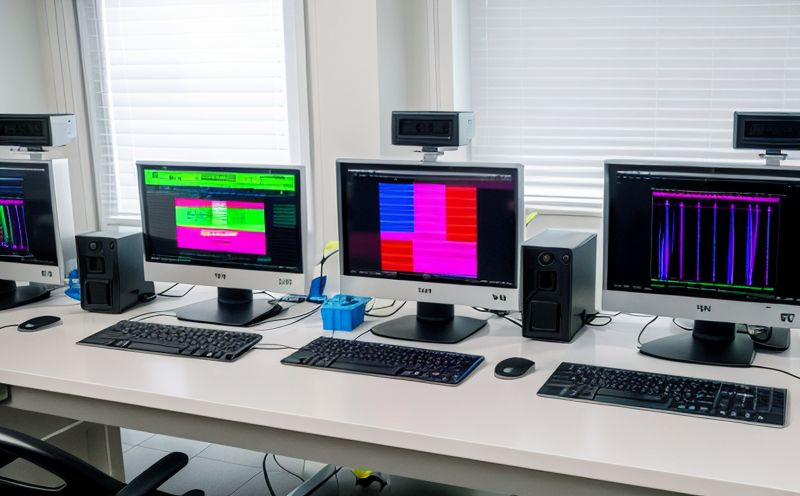EN 12791 Surgical Hand Disinfection Viral Contamination Testing
The EN 12791 standard is a crucial part of the European Union's regulatory framework for medical devices, specifically focusing on the effectiveness of surgical hand disinfectants. This testing ensures that healthcare professionals' hands are free from viral contamination before they perform surgical procedures. Properly executed, this test can significantly reduce the risk of surgical site infections (SSI), which are a leading cause of hospital-acquired infections.
The standard outlines detailed protocols for testing hand disinfectants to evaluate their ability to inactivate viruses on the skin surface. This is done using surrogate viruses that mimic the behavior and virulence of the pathogens of concern in clinical settings. The chosen surrogate virus typically adheres to the principles set forth by ISO 17604, which provides guidance for testing the efficacy of surgical hand antisepsis products.
The testing process involves several critical steps: first, a controlled inoculation of the surrogate virus is applied to the hands of volunteers or simulated skin. This step ensures that all variables are consistent and reproducible. After application, the volunteers perform a standardized series of hand movements to simulate real-world usage scenarios. Following this, the disinfectant is applied according to predefined protocols.
The next phase involves another controlled inoculation with an indicator virus (a different surrogate) after the disinfection process. This allows for quantification of the viral reduction achieved by the disinfectant. The results are then compared against baseline data without any disinfection, providing a clear measure of effectiveness.
A key aspect of this testing is ensuring that the method used accurately reflects real-world conditions encountered in hospitals and operating rooms. This includes factors such as varying hand sizes, different levels of soil contamination, and the effect of gloves on disinfectant efficacy. Compliance with these standards not only enhances patient safety but also supports healthcare facilities' efforts to maintain high standards of hygiene.
Quality and Reliability Assurance
- Consistency in Surrogate Viruses: The use of standardized surrogate viruses ensures that the test results are reliable across different laboratories. This consistency is vital for regulatory compliance and ensuring product efficacy.
- Standardized Hand Movements: Performing a series of hand movements simulates real-world scenarios, providing more accurate data on disinfectant performance in practical settings.
In addition to the technical aspects, strict adherence to standard protocols ensures that results are reproducible and comparable. This is particularly important for regulatory bodies and healthcare institutions seeking to ensure the safety and effectiveness of surgical hand disinfection products.





